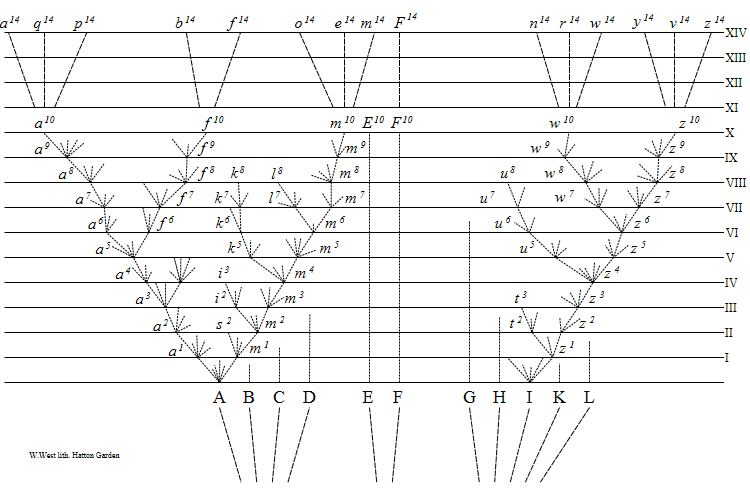variations on a theme : sets in art
……….works of art (simple, uniform, interchangeable elements assembled in a regular, easily apprehended arrangement) that are conceived in series or as part of a larger group; often the individual work is regarded as incomplete in itself, needing to be seen within the context of the whole………...
……………artists working sets of images represent a dramatic shift in artistic thinking and theory of the twentieth century. With the artistic embrace of multiplicity, the print medium became increasingly more accepted. The individual markings by the artist’s own hand lost its relevance, leading to relative demise of the original………….works do not present final aesthetic solutions, but rather they express a moment in the infinite multitude of possibilities……………
……………..repetition, both an aesthetic and a poetic device, is linked to notions of tradition, to the idea of an original and its copies, originality, authenticity, and appropriation……….Why repeat? Do repetition artists use same motifs over and over again to achieve perfection?............readymades are marked as images that ridiculed the need of tradition to provide special meaning to the production and the choice of materials. Pop artists, minimalists, performance, and conceptual authors, adopted the concept of appropriation and repetition as a way to undermine ideas of authenticity and value……………..
deviation vs derivation
deviation—late 14c., "a going astray, a turning aside from the (right) way or course, a going wrong, error," from Late Latin deviatus, past participle of deviare "turn aside, turn out of the way," from Latin phrase de via, from de "off, away" (see de-) + via "way" (see via). From 1630s as "departure from a certain standard or rule of conduct or original plan."
derivation—the general meaning "origination, descent" is from c. 1600; that of "act or fact of drawing or receiving from a source" is from 1650s. the obtaining or developing of something from a source or origin……in generative grammar, the set of stages that link the abstract underlying structure of an expression to its surface form.
ARQUITECTURA COMPUESTA POR PARTES. ………Este libro continúa el camino iniciado por La arquitectura del patio, y en este caso plantea el estudio de otro sistema universal de proyectar. Que la arquitectura está compuesta por partes, aquellas que surgen para cumplir el programa que da sentido a su existencia, es tanto una definición de su propia naturaleza como la descripción de un sistema de proyectar que recorre la historia de la arquitectura. Iniciándose como tal en el renacimiento tardío, adquirió un estatuto de verdadero método con la arquitectura neoclásica y académica, y participó en muy buena medida en la revolución moderna y en su desarrollo………….El libro examina este sistema desde su capacidad para sostener y conducir arquitecturas muy diversas, analizando las características, principios y medios de composición desempeñados por los diferentes autores, con el fin de poder utilizarlo y servirse de él como soporte de nuevos contenidos. El trayecto de esta aventura supone recorrer la historia de la arquitectura desde Palladio a Kahn, pasando por Le Corbusier, Alvar Aalto y Hans Scharoun…………….
kahn
aalto
scharoun













